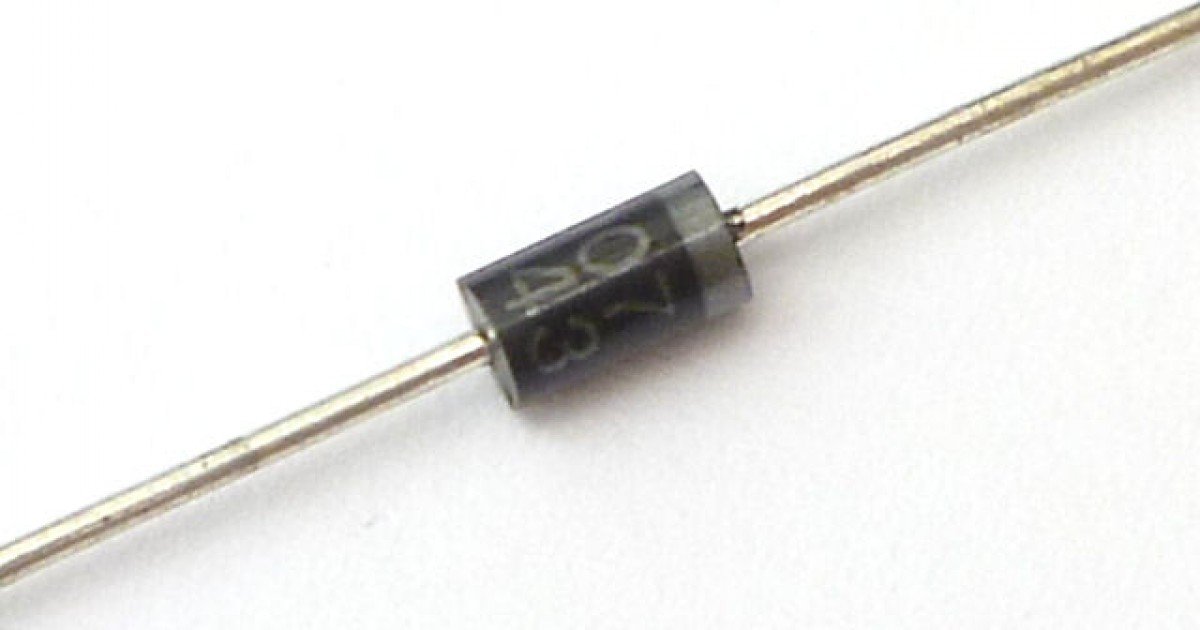P-N Junction Diode: Working, Applications, and Characteristics
A P-N junction diode is a fundamental electronic component widely used in various applications. This article provides an accessible explanation of the working principle, applications, and characteristics of P-N junction diodes.
A P-N junction diode, often simply referred to as a diode, is a fundamental element in electronics. Its primary function? To allow electrical current to flow in one direction and block it from flowing in the opposite direction.
A P-N junction diode is formed by bringing together a P-type semiconductor region, doped with impurities that introduce positively charged holes, and an N-type semiconductor region, doped with impurities that introduce negatively charged electrons. The boundary between the P and N regions is called the P-N junction.

When a forward bias is applied to the P-N junction diode, the positive terminal of the voltage source connects to the P-region, and the negative terminal connects to the N-region. This biasing arrangement allows current to flow through the diode, as electrons from the N-region combine with holes from the P-region, resulting in forward current conduction. The diode exhibits a low resistance and allows current to flow easily in this configuration.
On the other hand, when a reverse bias is applied, the positive terminal of the voltage source connects to the N-region, and the negative terminal connects to the P-region. In this case, the diode blocks the flow of current due to the depletion region, a region near the junction that is depleted of charge carriers. Only a small leakage current, known as reverse saturation current, flows in the reverse-biased diode.
P-N junction diodes find extensive use in electronic circuits for rectification, switching, and voltage regulation. Their ability to allow current flow in one direction and block it in the reverse direction makes them ideal for rectifying alternating current (AC) to direct current (DC). In rectification, P-N junction diodes convert the AC input to a pulsating DC output.
P-N junction diodes also play a crucial role in switching applications. They can be turned on and off rapidly, enabling the control of electronic signals and facilitating the operation of digital logic circuits. The ability to switch between conducting and non-conducting states with low power losses makes P-N junction diodes valuable in many electronic devices.
Moreover, P-N junction diodes are used in voltage regulation circuits. By combining them with resistors and capacitors, voltage regulators can be designed to provide stable DC voltage outputs, even with varying input voltages or load conditions. This makes them essential components in power supplies and voltage regulators.
In summary, P-N junction diodes are vital components in electronics, offering rectification, switching, and voltage regulation capabilities. Their simple structure, versatility, and reliability make them indispensable in various applications. By understanding the working principle and characteristics of P-N junction diodes, you can effectively utilize them in your electronic designs and circuits.